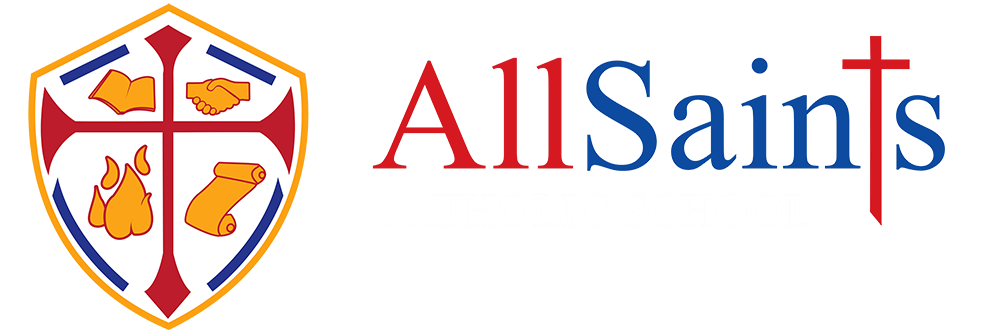Maths
Key skills (subject specific) that are developed:
- Strenthen numerical skills
- Problem solving
- critical thinking
- problem solving
- analytical thinking
- quantitative reasoning
- ability to manipulate precise and intricate ideas
- construct logical arguments and expose illogical arguments.
KS3
Summary
- Key Mathematics skills learnt at Key stage three to develop their understanding of where these concepts are applied to problem solving and real life applications.
- Students are formally assessed at the end of each half term
Useful websites:
https://vle.mathswatch.co.uk/vle/
http://www.mrbartonmaths.com/puzzles/
https://connect.collins.co.uk/school/portal.aspx
http://www.mygame.co.uk/Bubble-Shooter-Saga-online?target=india-hup-oxpegPcr&type=DOMAIN&keyword=
KS4
Summary
Exam board: Edexcel
3 x 90 min exams (1 non calculator and 2 calculator) are taken at the end of the GCSE course.
We formally assess students at the end of each half term.
Useful websites:
GCSE Maths Specification:
http://qualifications.pearson.com/en/qualifications/edexcel-gcses/mathematics-2015.html
http://justmaths.co.uk/2016/01/03/9-1-exam-questions-by-topic-both-tiers/
https://corbettmaths.com/contents/
http://mrbartonmaths.com/students/legacy-gcse/gcse-maths-takeaway.html
http://www.mathsmadeeasy.co.uk/gcsemathspapers-9-1.htm
https://vle.mathswatch.com/vle/
http://studymaths.co.uk/
https://connect.collins.co.uk/school/portal.aspx
http://www.examsolutions.net/
https://www.sites.google.com/site/mathscasts/
KS5 A level Maths
KS5 Summary
Exam Board: Edexcel
3 exams (each 2 hours long) – 2 pure mathematics and 1 applied mathematics are taken at the end of the A level course
We formally assess students at the end of each half term.
Useful websites
A-Level Maths and Further Maths Specification:
https://qualifications.pearson.com/en/qualifications/edexcel-a-levels/mathematics-2017.html#tab-1
https://undergroundmathematics.org/
https://www.drfrostmaths.com/sow.php?year=Full%20Coverage%20Revision%20Worksheets&term=A%20Level

